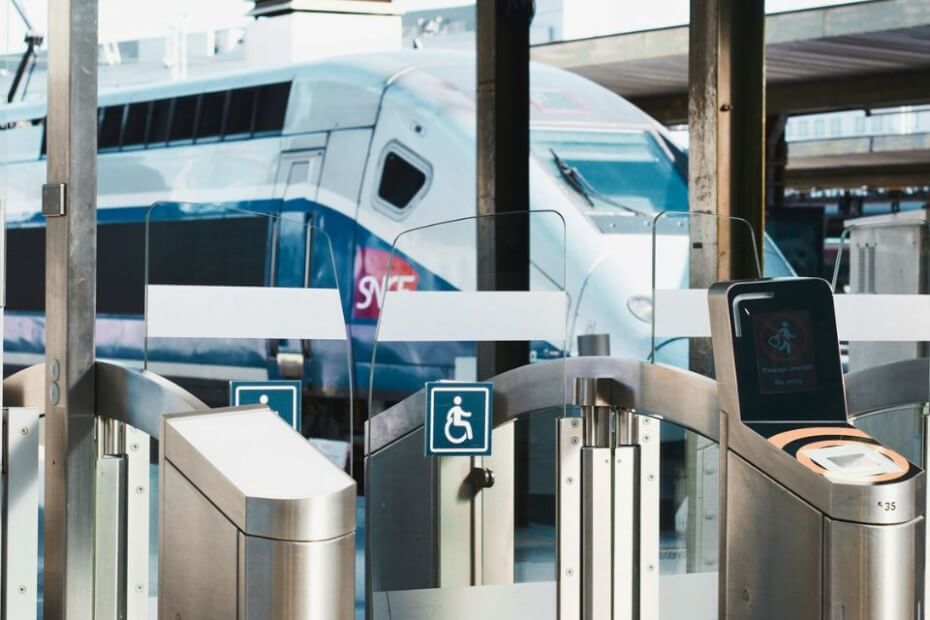
The European Union (EU) has officially confirmed the long-awaited Entry/Exit System (EES) launch on 10 November 2024.
The EES is a new automated border check system designed to strengthen border management across the Schengen Area.
It will change passport and visa processing, impacting millions of travelers who enter and exit the region annually.
EU Commissioner for Home Affairs Ylva Johansson confirmed the EES launch in his speech at the eu-LISA.
The eu-LISA is the EU agency responsible for providing technological support for the EU countries’ efforts to make Europe safer.
Johansson said the decision came after intense dialogue with EU Member States.
“Different steps are legally required before the Commission could take the formal decision,” he said in his speech.
“But I am proud to reveal today that the 10th of November is the target day,” Johansson declared.
The EU has been preparing for the EES for years, and its launch marks a significant milestone in Europe’s efforts to modernize border controls.
In July, The Independent first reported that the EES launch had been pushed back from the October rollout date along with other contingency measures against expected delays.
What is the EES?
The Entry/Exit System (EES) is a new digital system that will record non-EU citizens’ movements in the Schengen Area.
It will replace the current practice of manually stamping passports, making the process faster and more accurate.
The EES will collect personal and passport information, biometric data such as fingerprints and facial images, and the date and place of entry and exit.
The system will store this information in a central database accessible to border authorities across the Schengen Area.
The primary goal of the EES is to enhance security and ensure that visa rules are followed more strictly.
The system will help identify people who overstay their visas. This significant issue has been difficult to monitor until now.
Impact of EES on travelers

For travelers, the EES will mean some changes at border crossings for both non-visa travelers and short-stay visa holders.
Non-EU citizens, including tourists and business travelers, will have their biometric data recorded when they enter or leave the Schengen Area.
When a non-EU traveler visits the EU for the first time, he must register personal, passport, and biometric data before an EU border officer.
This initial biometric registration will increase travelers’ processing time, especially at busy UK-EU border crossings.
This might result in longer waiting times at border control, especially during the initial stages of implementation.
However, the EU assures that the system will help speed up the process in the long run.
In a recent statement, Commissioner Johansson emphasized the importance of the EES in modernizing Europe’s borders.
She stated, “The Entry/Exit System is a key component of our efforts to make the Schengen Area safer and more efficient.”
A boost for security and efficiency
The EES will allow better management of travelers in the EU and help identify security threats and people who overstay their visas.
By having a centralized system that tracks all entries and exits, authorities can more easily identify those who may pose a threat to public safety.
The system will also facilitate the detection of fraudulent travel documents and help combat illegal immigration.
Another significant benefit is the efficiency it brings to border management.
Automated systems like the EES can process large amounts of data faster than manual checks.
This will also reduce the burden on border guards and speed up the flow of travelers.
This is particularly important for busy airports and land crossings, where delays can cause significant disruptions.
Challenges, preparations for the EES launch

Despite the benefits, the launch of the EES has not been without challenges and has faced multiple delays.
This was partly due to technical difficulties and the need to ensure all member states were ready to implement the new procedures.
The EU has been working closely with national governments to ensure a smooth transition to the new system.
Border control authorities in the EU are undergoing EES training to familiarize themselves with new technology and procedures.
The EU has also invested in upgrading border infrastructure to accommodate the new system.
However, many travel and transport industry experts worry that the EES could lead to major travel disruption and chaos.
This means snaking lines at space-constricted terminals, long waiting times for cars and coaches, and a massive traffic jam.
The delays are expected to be worse at busy UK-EU borders, such as the Port of Dover, the Channel Tunnel, and London’s St. Pancras Terminal.
The UK has asked the EU for a six-month soft-launch period, allowing EU border officials to suspend EES operations when the queues become unmanageable.
On their end, the UK plans to expand operations for French border officials at the Port of Dover’s western docks to facilitate EES checks.
Many also fear that the relatively untested system may cause more travel disruption should it malfunction, similar to electronic gate failures.
Looking ahead beyond the EES launch
The EES launch is part of the EU’s broader strategy to enhance its border management and security.
The system will integrate with other EU databases, such as the Visa Information System (VIS) and the Schengen Information System (SIS).
This will give EU Member States a comprehensive view of who is entering and leaving the region.
In the future, the EU will introduce the European Travel Information and Authorization System (ETIAS).
The ETIAS scheme will require visa-exempt travelers to obtain authorization before traveling to the Schengen Area.
The ETIAS will launch in 2025 and will work with the EES to further strengthen border security.
Travelers planning to visit Europe after 10 November and in the next 12 months should prepare for the changes.

